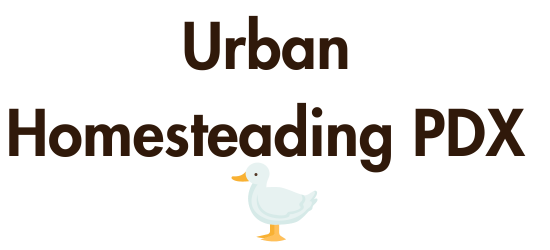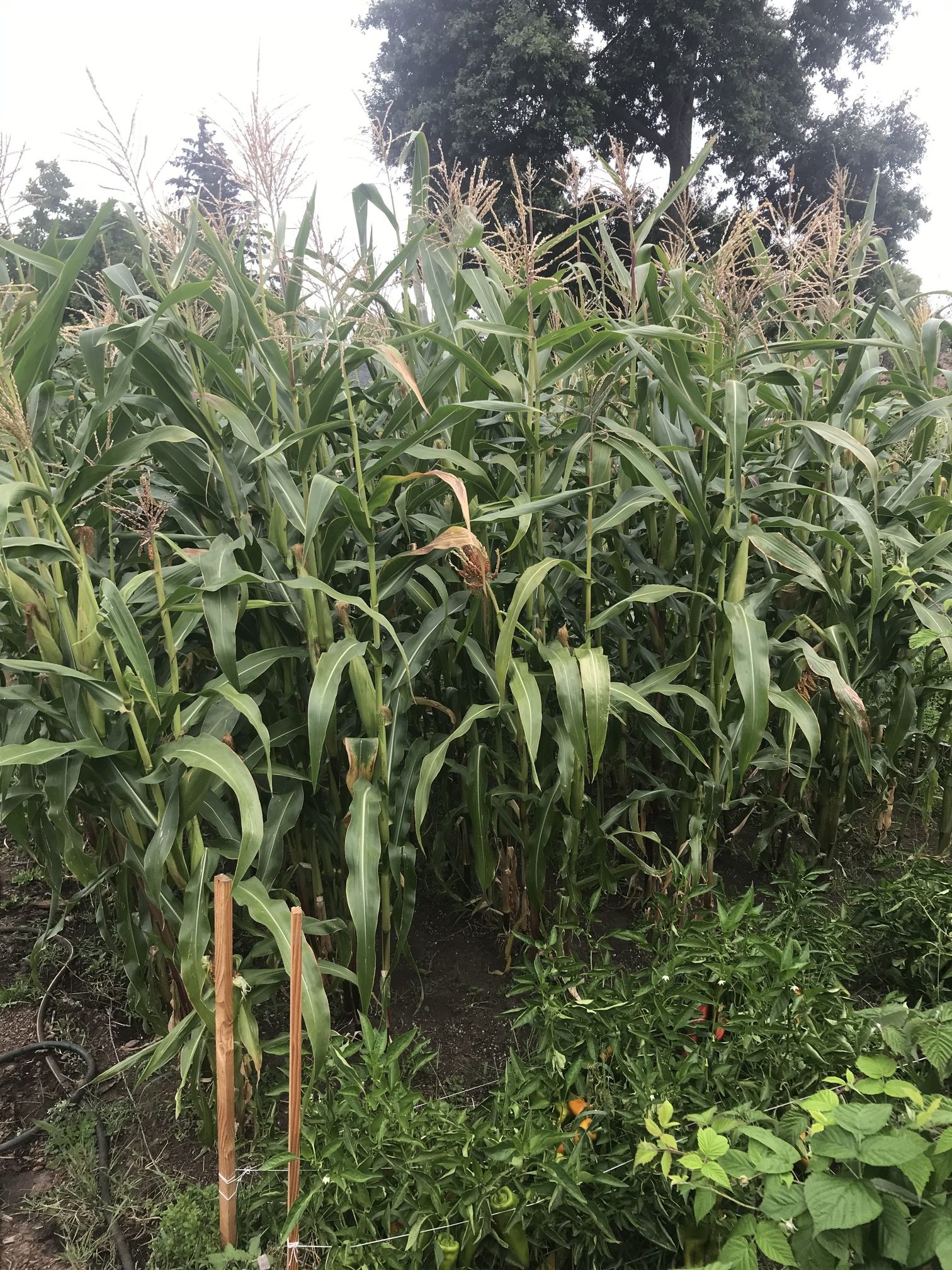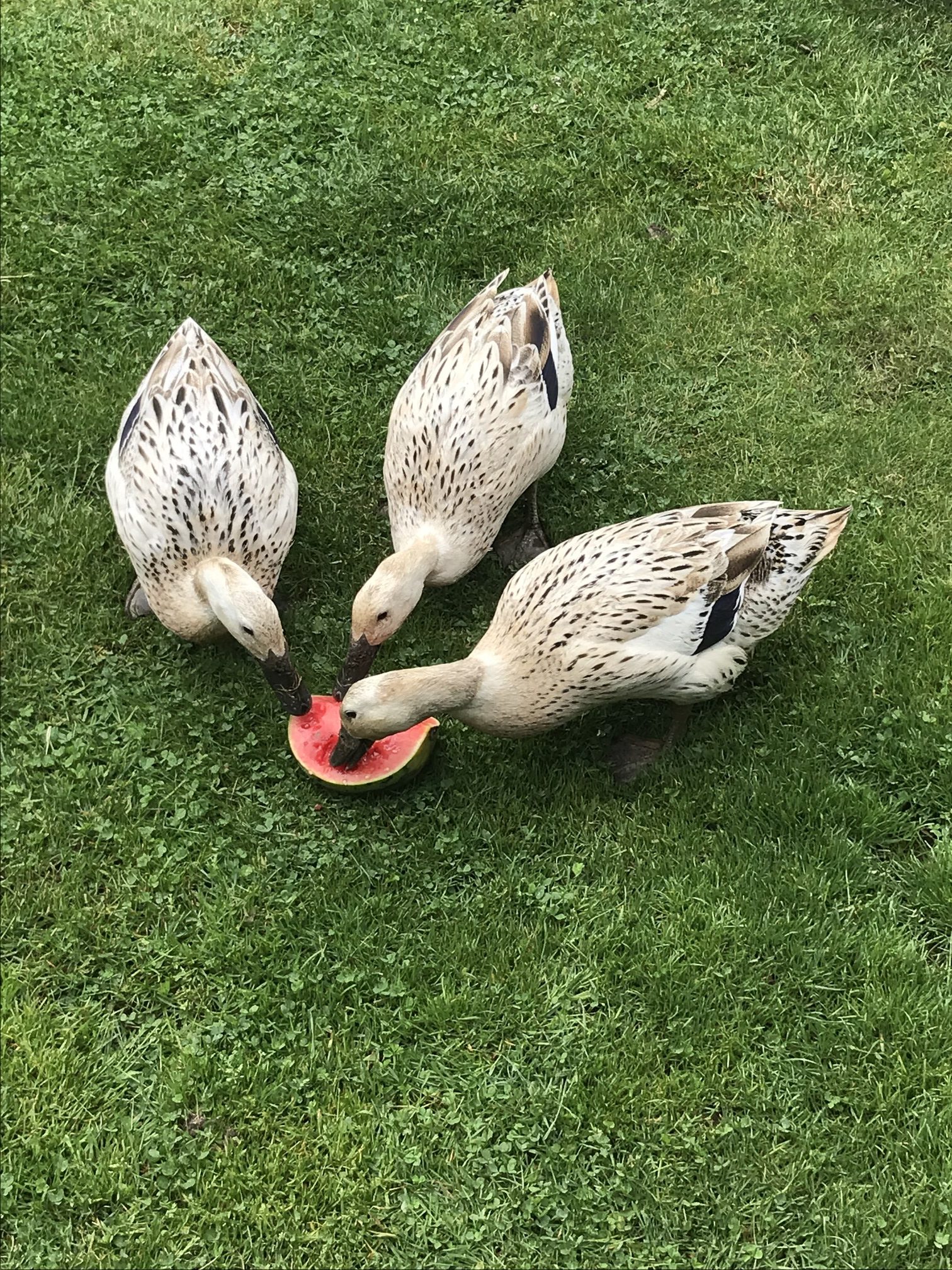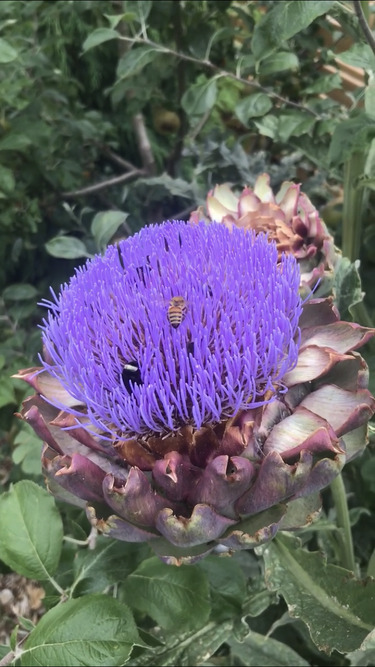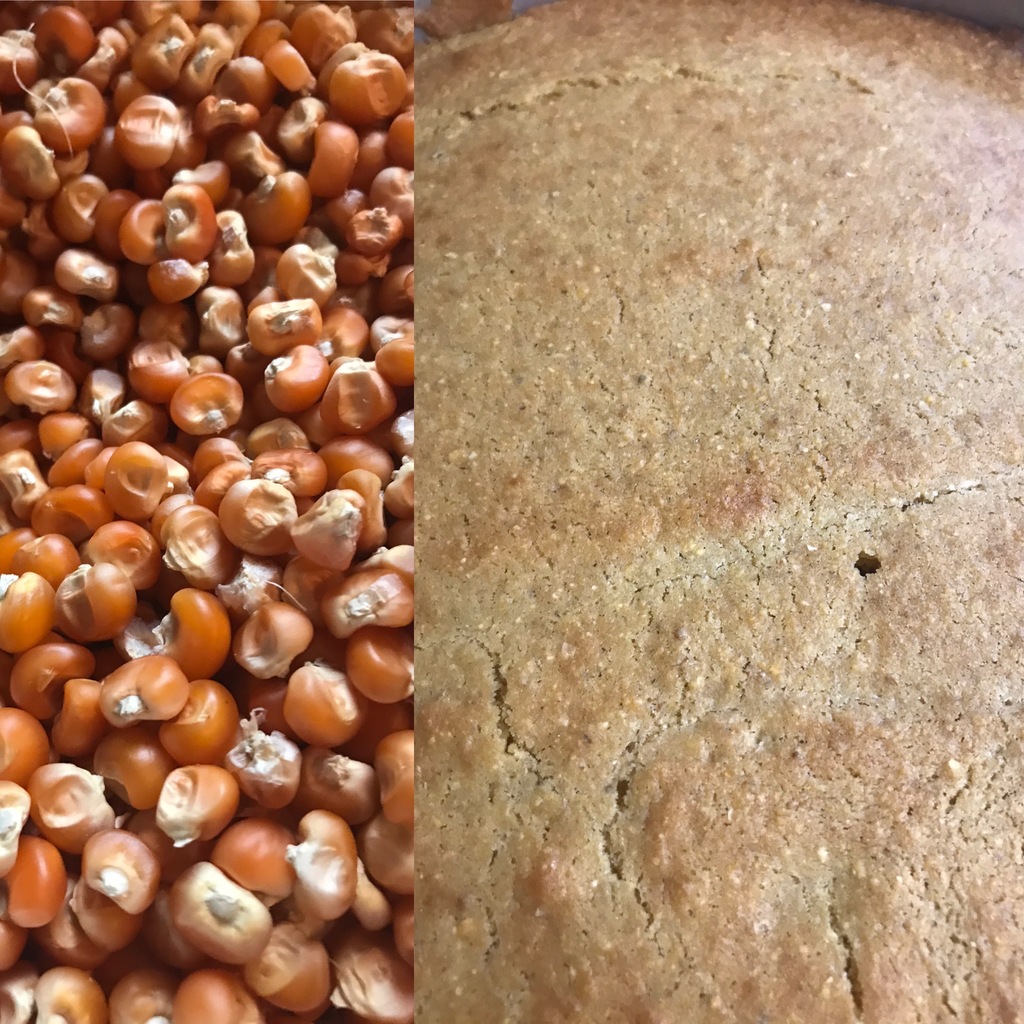Urban Homesteading PDX
A collection of stories from our urban homestead in Portland Oregon.
Our Stories
Follow along as we learn and explore urban homesteading in Portland, Oregon
Gardening Resources in Portland, Oregon
These are the resources that we have relied upon or are popular sources of excellent information for urban gardening and urban homesteading in the Portland, Oregon Metro Area. Portland Oregon Specific Resources Local Businesses Concentrates, Inc. Concentrates is an...
Community Garden Projects
Our Community Garden Plot
Duck Ducks
We love our ducks.
Home Garden Project
Our 1/4 acre property is home to fruit trees and bushes, raised garden beds, and diverse native plants intermingled throughout.
Enjoying the Harvest
Using what we grow to feed ourselves, friends, and family.
About
Hi I am John Johnson and an avid urban gardener in the greater Portland Oregon area. We raise ducks and chickens in our urban lot. We also have planted a large food forest including apple, pear, persimmon, quince, cherry, apricot, and pawpaw trees. Our favorite understory shrubs include blueberries, raspberries, marionberries, honeyberries, and jostaberries. We grow a substantial garden with both in ground garden beds and raised garden beds. These are stories from our adventures growing food and raising animals in an urban setting and the tools that we use to make it happen. This site is supported by affiliate ad revenue.
Urban Homesteading in Practice
What elements of urban homesteading are you interested in?
- Reducing Resource Use. By using alternative energy sources such as installing solar roof panels, riding a bicycle, using public transportation, harvesting rainwater, drying clothes on a line, and reusing greywater.
- Raising Animals. A backyard poultry flock of chickens, ducks, or even other animals such as rabbits or goats. Honeybees and worms in a vermicomposter are also popular urban homesteading animals to raise.
- Edible Landscaping. Growing vegetable gardens, backyard orchard fruit trees, medicinal plants, and herbs, and converting lawns from traditional grass to food forest gardens.
- Self-Sufficient Living. Connecting with your community to trade and share resources that can be repaired, recycled, or made from scratch materials.
- Food Preservation. Managing a harvest of vegetables or fruit is just as important as growing. Canning, drying, freezing, and fermenting are the most popular methods for preserving a harvest for consumption over many months.
- Composting / Building Soil. On-site composting of plant materials and basic kitchen scrap materials. Building soil spreading compost throughout food forest or practicing chop and drop methods or spreading wood chips to feed the microbiology of the soil. Developing a rich soil ecosystem over years of intentional actions to feed the life in the soil.
